Norway, Sweden and Denmark are the three Scandinavian countries. Finland and Iceland are sometimes included in a broader definition by some, but the correct term for all is the Nordic countries.
Ah, Scandinavia! Known worldwide for its welfare states, nature and design principles. But how is the region defined?
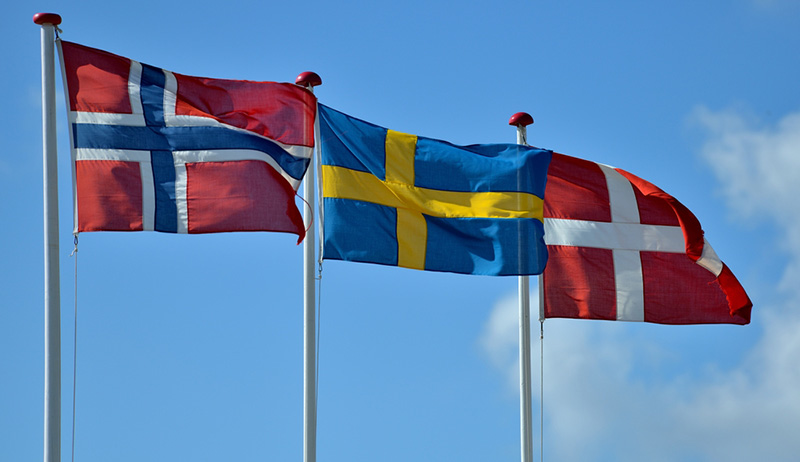
The words Scandinavia, Nordic and northern Europe are used interchangeably by many. But they are in actual fact three distinct regions of Europe.
A quick explanation of northern Europe
Norway and Sweden share the Scandinavian peninsula, which stretches from way north of the Arctic Circle down to the shores of the Baltic Sea, covering a total area of around 289,500 square miles. Denmark is also considered a Scandinavian country.
The three countries share very similar languages and culture. At one point the three countries were also joined together in the Kalmar Union. At other points in time, Norway was ruled by Denmark and later entered a similar arrangement with Sweden.
The Nordic region is a wider term, including Finland and Iceland. Through the Nordic Union, all the Nordic countries work together on a political level, but there are more differences between the individual nations.
Now, let's take a closer look at the three Scandinavian countries:
Norway
The terrain of Norway varies hugely, from high mountain plateaus down to fjords that were carved out by retreating and melting glaciers.
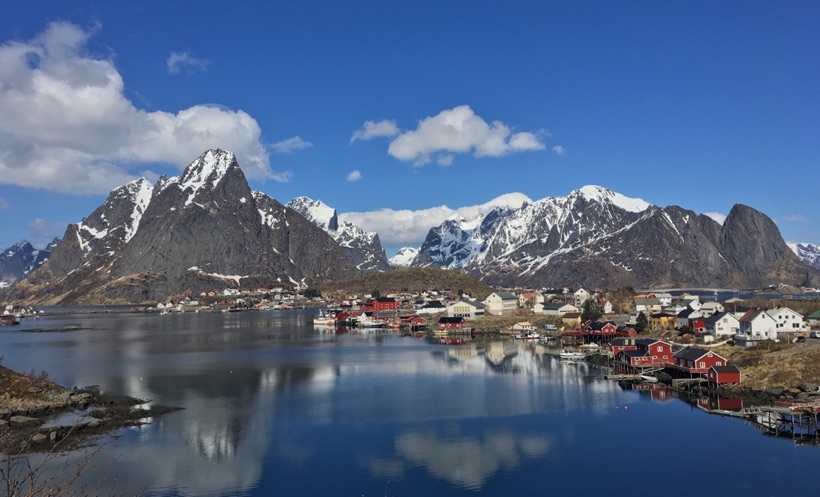
Some glacial ice still remains on higher ground. The extensive coastline runs for more than 15,000 miles (25,000 km) and is known for its countless fjords and islands.
Although Norway's climate is like the rest of northern Europe quite cold and wet, it is not as cold as some expect due to the warming effect of the Gulf Stream.
Norway's economy is driven by its massive petroleum, gas and energy industries, but shipping and fishing are also important. The seafood industry is responsible for the country's second biggest export category after energy.
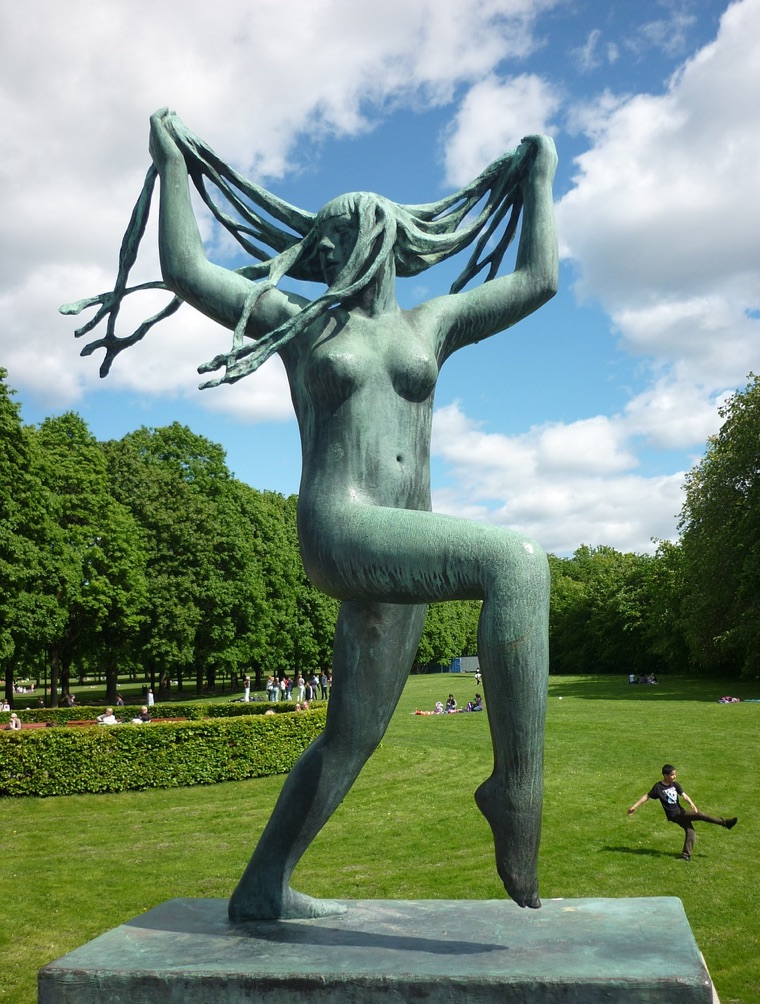
Norway's population of roughly 5.3 million enjoy one of the highest standards of living in the world thanks in parts to the wealth amassed in the government's Oil Fund.
The Norwegian capital city is Oslo, home to around 600,000 people, but more than one million live in the surrounding region. The Vigeland Sculpture Park (pictured above) remains a huge tourist draw and is rated as the number one free tourist attraction in the country.
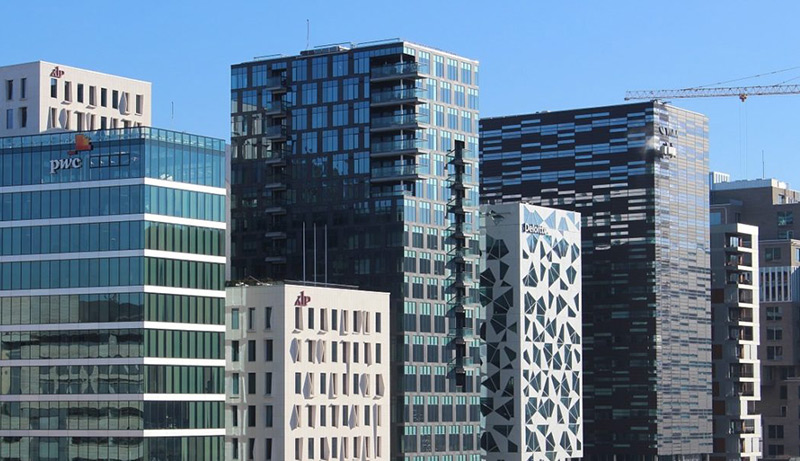
Over the past fifteen years, the city's ugly waterfront has been transformed with staged redevelopment including new apartments, shopping malls, walkways, cycle paths, a new business district, and an iconic Opera House.
A series of new museums and a new waterfront residential district complete the new-look of Oslo.
I could write a lot more about Norway, of course. But, as this entire website is about the country, there's plenty more in-depth articles to read! Instead, let's take a look at the other Scandianvian countries. We start with our big brother to the east.
Sweden
Although it shares the vast peninsula with Norway, Sweden looks and feels quite different. Mountains line the western border, but much of the rest of the country is flat and known for its huge number of lakes.
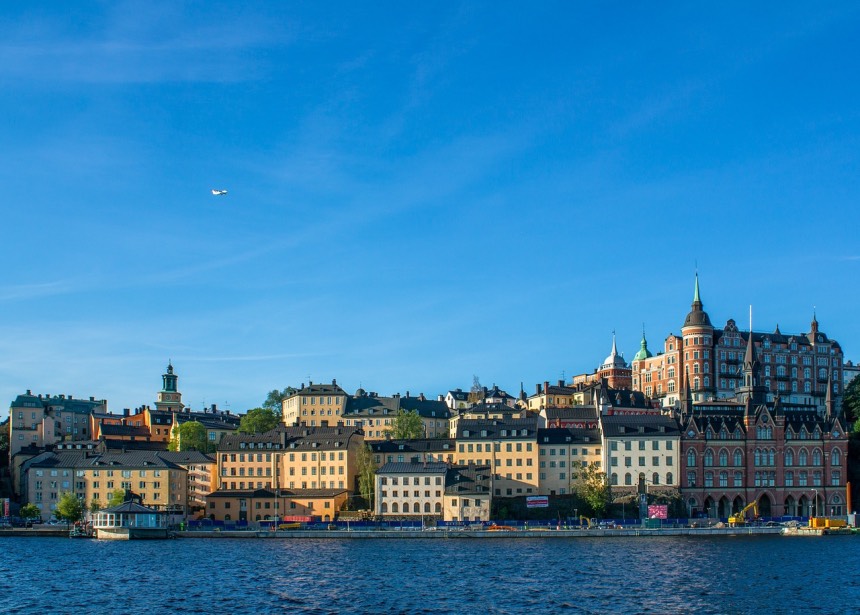
Its population of almost 10 million makes it easily the biggest of the three Scandinavian countries. Much of Sweden's population lives in the southern part of the country, in or around the major cities.
The country's economy is driven by manufacturing, timber and energy, but technology is playing an ever more important role. Tourism is important too, with people attracted to the country from all over the world.
Agriculture and farming are only of partial importance these days. That being said, the nation does produce plenty of barley, wheat, meat and dairy products.
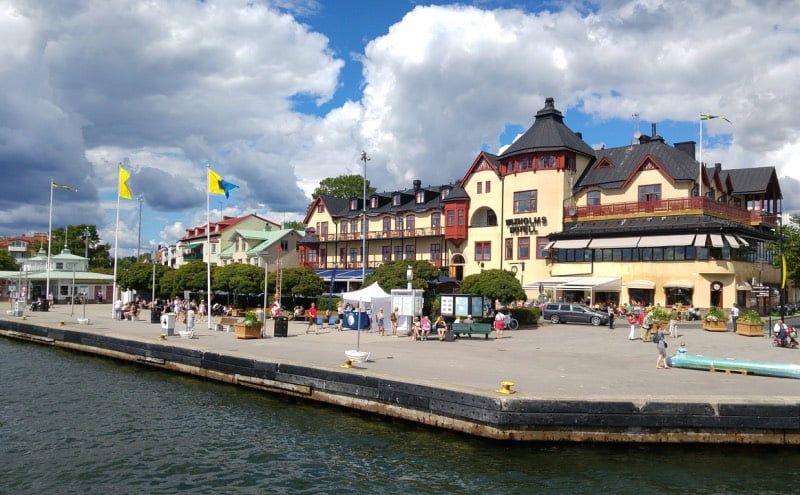
The capital of Sweden is also the biggest city in the entire Nordic region. Almost 1 million people live in the municipality with a further half a million in the wider urban area.
Stockholm is the seat of Swedish government, the highest court in the country, and the centre of culture, media and business for Sweden. Many immigrants are drawn to the capital with the hope of finding work and a more international vibe than some other parts of the country.
Despite its urban nature, Stockholm is just as well known for its fourteen islands and the astonishing archipelago of thousands of islands.
Denmark
Last but not least, Denmark occupies the land known as the Jutland peninsula, immediately to the north of Germany. There are several other islands also included in Denmark.
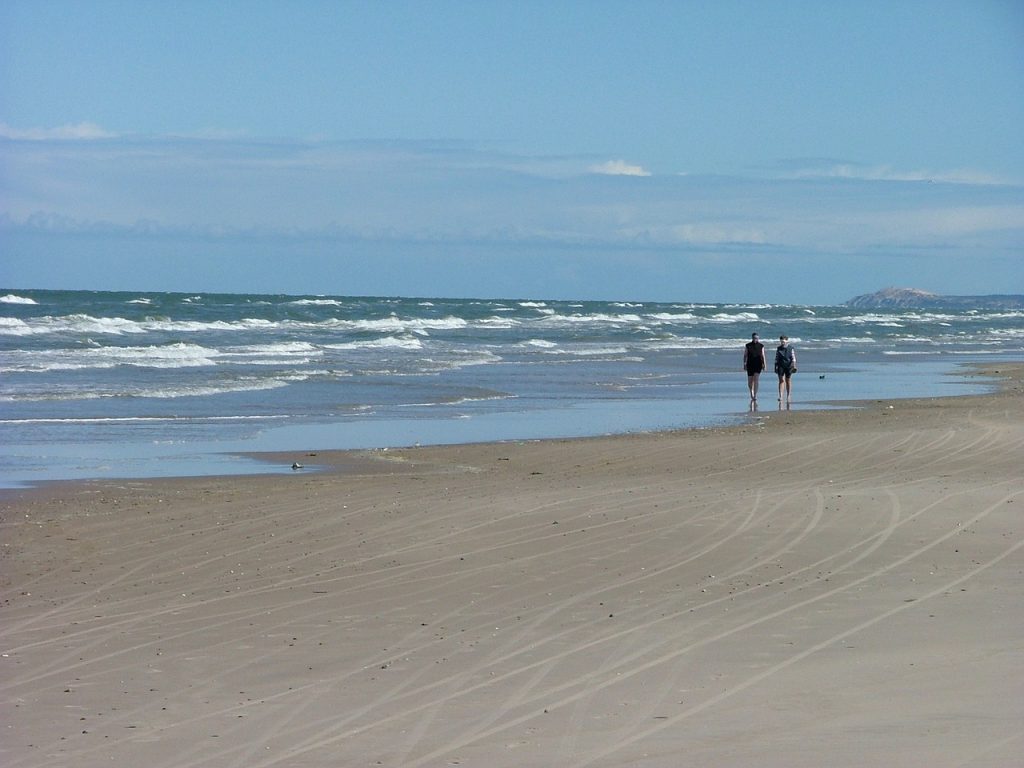
It is the only one of the Scandinavian countries not to have any land on the Scandinavian peninsula. At just 16,638 square miles (about 43,000 square km), Denmark is also the smallest of the three countries.
The country is distinct from its northern neighbours as it's largely made up of low, flat plains. So much so, that the highest point in the nation is only 561 feet (171m) above sea level.
This flat terrain is at least partly responsible for the boom in cycling. Copenhagen in rush hour is a sight to behold, with commuters riding bikes on a dedicated network of cycle lanes easily outnumbering people driving cars.
Denmark's economy is modern with a high-tech agricultural sector and advanced manufacturing operations. It is home to world-leading companies in pharma, maritime and renewable energy, and is a net exporter of food, oil and gas.
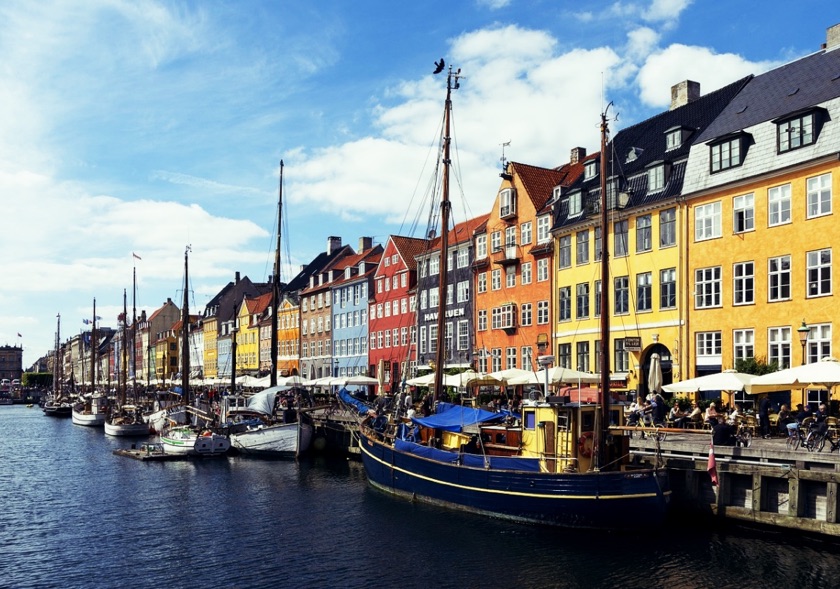
Around three-quarters of a million people live in Copenhagen, with around two million people living either in the city itself or within easy commuting distance. It is hugely popular with tourists, not least because of the popularity of modern Danish design.
Recent years have seen a boom in modern architecture in Copenhagen. The city was even named as the best design city in the world by Monocle magazine recently.
The Faroe Islands
A set of autonomous islands within the Kingdom of Denmark, the Faroe Islands are sometimes included within the definition of Scandinavia as they share currency, culture and, to a certain extent, language.
Faroese is the official language while Danish is taught in schools and can be used by the Faroese government in public relations. As with the rest of the region, many people speak excellent English.
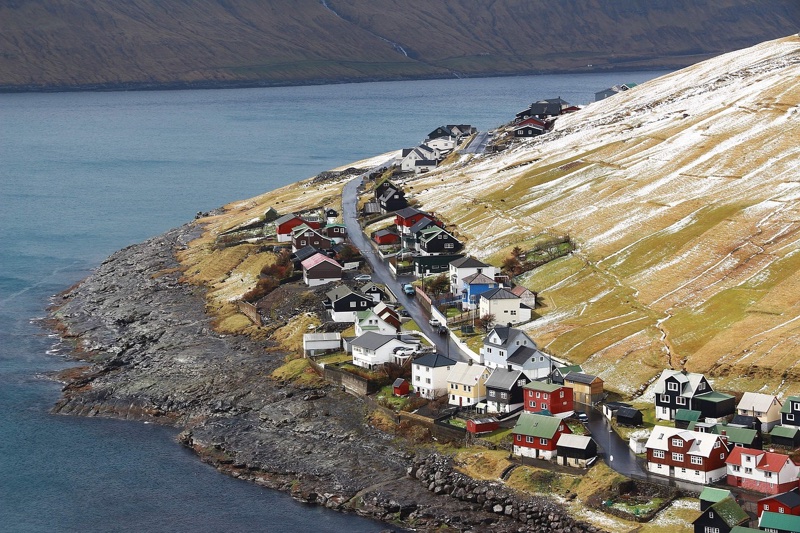
A self-governing country since 1948, the Faroes have an independent trade policy and can establish trade agreements with other states, they have their own representation in the Nordic Council, and their own national football team that competes in international competitions.
The sort-of Scandinavian countries
Nordic nations Finland and Iceland are sometimes included in a broader definition of Scandinavia, but this is not technically correct. The correct term for the wider region is the Nordic region.
All the Nordic countries share much in common. Both Finland and Iceland use Nordic cross flags and share a certain amount of culture and history in common with the Scandinavian countries. While not all are EU members, the group of countries cooperates through the Nordic Council.
At just under 5.5 million people, Finland has a similar population to Norway. Capital city Helsinki is home to the 18th-century Suomenlinna sea fortress, the mega-hip Design District and fascinating range of museums.
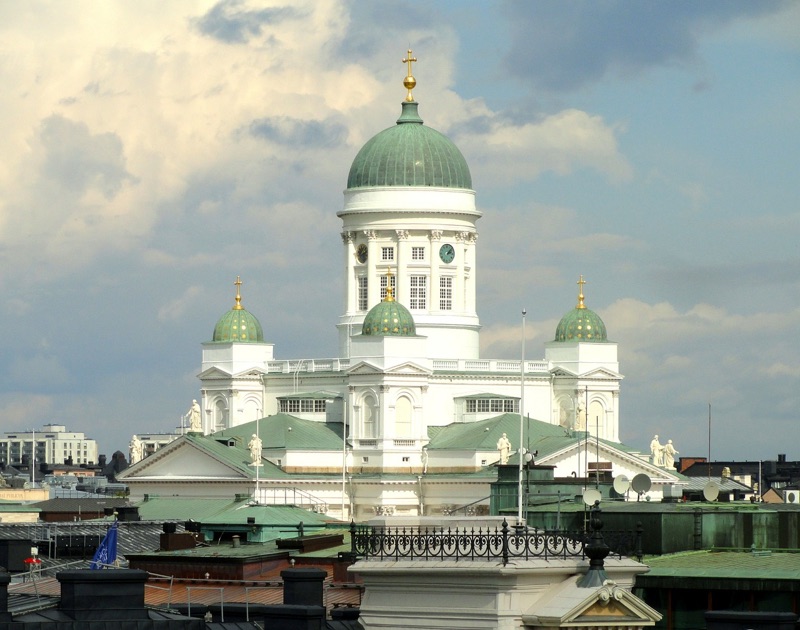
Although the country shares much with its neighbours to the west, the Finnish language is completely different. As such, most Finnish schoolchildren learn Swedish as a second language, and are also fluent in English by the time they become adults.
With a population of less than half a million people, Iceland is the smallest of the main Nordic nations by quite some way.
Yet despite this, the country somehow manages to punch way above its weight. Tourism is a massive draw to the island, in particular to the world-famous Blue Lagoon geothermal spa, the incredible landscapes, and to a lesser extent the westfjords region.
Which is your favourite Scandinavian country? If you love Scandinavia, why not share that love on Pinterest? It's one of our favourite places to plan a trip. We've got just the pin for you. Just hit that Pinterest button!

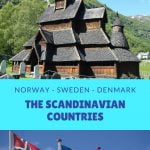

I love to visit the Scandinavian country as l can see that is a lovely country during my next holiday ,please kindly send me the list of area and tourism zone to visit.
All are amazing.
It is Soo amazing, how cheerful and loving Scandinavian countries are United. An evident demonstration of love and unity, definitely a good place to visit or even live. Soo much to learn from these countries!
I love to visit these countries and was recently in Copenhagen and hope to visit Oslo soon. Have been in Tromso and Stockholme in the last 3 years and Gottenborg.
Northwestern part of Finland is geographically on the Scandinavian peninsula, Denmark is not. Finnish language is, however, completely different from the Scandinavian languages, though Finland is officially bilingual and has a Swedish speaking minority.
The Finnish language is not Indo-European but is Finno-Ugric. This group contains Estonian and some minority groups speaking related Baltic languages The Finno-Ugric group has similarities with Hungarian and all belong to the Ural-Altaic family of languages which includes the Turkic group of languages and these can be traced to Mongolian territory. One province in Finland is Swedish speaking.
Finland has two official languages, Finnish and Swedish. Finnish is the mother tongue of about 90 percent of Finns. Swedish is the mother tongue for about 5 percent of the Finns. Swedish is mostly spoken on the west and south coasts of Finland. In the northern part, both in Finland, Sweden, Norway and in Russia with a border to the west, Sami is also spoken.
On the Åland Islands, a part of Finland, only Swedish is the official language.
In 2016, there were approximately 290,000 people in Finland who spoke Swedish as a mother tongue, of which 26,000 on the Åland Islands and 264,000 in the rest of Finland. In total, approximately 5.3% of the entire population had Swedish as their mother tongue, or 4.8% if one disregards the Åland Islands.